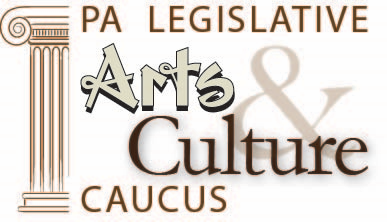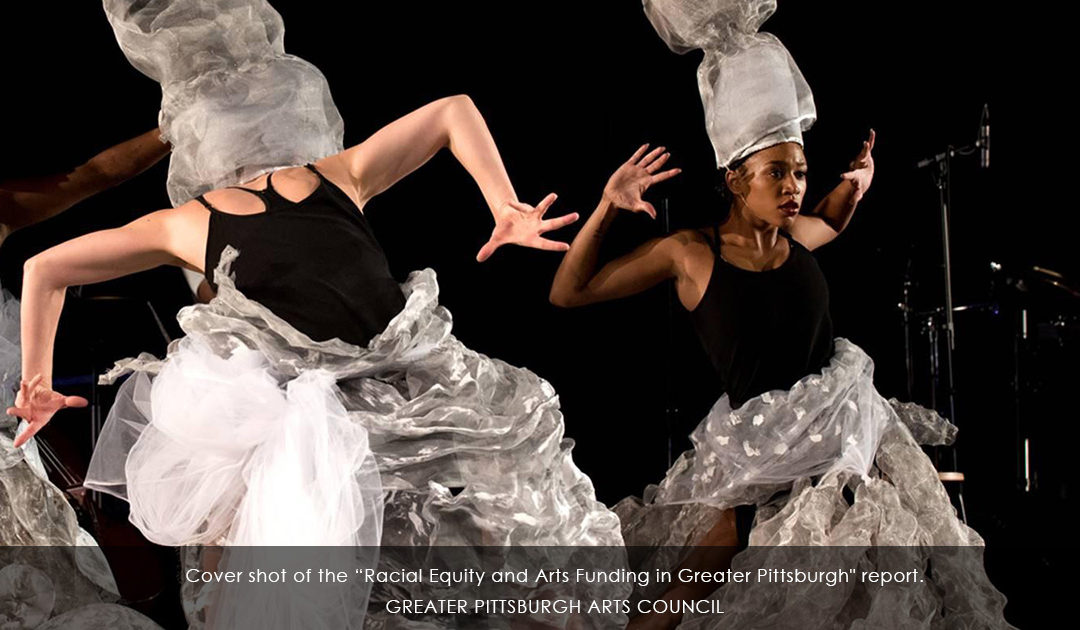By Mitch Swain, CEO, and David Pankratz, Research & Policy Director, Greater Pittsburgh Arts Council
A 2015 presentation by one of GPAC’s board members, a leader in the Black arts community, cited instances of inequitable funding in Greater Pittsburgh. She illuminated the need for an in-depth, data-informed study of arts funding by race in Greater Pittsburgh.
In 2017, after many local and national conversations, GPAC committed itself to analyzing data underlying these issues. Racial Equity and Arts Funding in Greater Pittsburgh, a report released in May 2018, is the result. It is an empirical analysis—an effort to uncover the facts of how arts funding has been and is distributed by race.
For this research GPAC formed a Learning & Leadership Committee, a person of color-majority committee with extensive and varied experience in our area’s arts funding system.
One issue the Committee faced was coding, by race, the raw funding data provided by two public funders and 16 private funders. The Committee devised this set of codes:
Racial identifiers (ALAANA): Arab/Middle Eastern; Asian; Black or African-American; Hispanic/Latino (a) (x); Indigenous, More than one race; White (non-Hispanic), and
Additional identifiers: Founder identity; Organizational mission; Staff and Board make-up; Roots in historically underserved communities and specific cultural traditions; and Employment of artists of
color.
After coding raw data using these definitions, GPAC analyzed the coded data by two measures:
Numbers and percentages of grants by race Total dollar amounts and average grant amounts by race
What were our key findings?
The Pittsburgh population is 23% ALAANA, but ALAANA arts organizations have received 16% of arts grants and 14% of funds granted in the past five years
During that period, percentages of grants to ALAANA organizations have increased, but percentages of dollars distributed to ALAANA recipients have not
Grant funds to ALAANA organizations vary considerably by year, making financial planning difficult
The grant funds to ALAANA organizations are clustered around a few recipients rather than spread widely
The final report also documents funder innovations, including the Advancing Black Arts initiative of the Pittsburgh Foundation and the Heinz Endowments and the PA Council on the Arts’ Preserving Diverse Cultures program. What’s Next? GPAC hopes that racial data can be consistently collected, thus enabling data-informed comparisons of equitable funding patterns over time.
GPAC is working with Grantmakers of Western PA to see if and how the report’s recommendations for Board and staff diversity training, diversification of grant panels, expansion of grants review criteria, and increased access of ALAANA organizations to multi-year grants, can be implemented.
Looking to the middle of the 21st century, when ALAANA individuals will become the majority of the U.S. population, GPAC seeks an arts community that is fair and just and that brings unprecedented cultural and social benefits to all in Greater Pittsburgh.
Access Racial Equity and Arts Funding in Greater Pittsburgh here https://www.pittsburghartscouncil.org/programs/research

